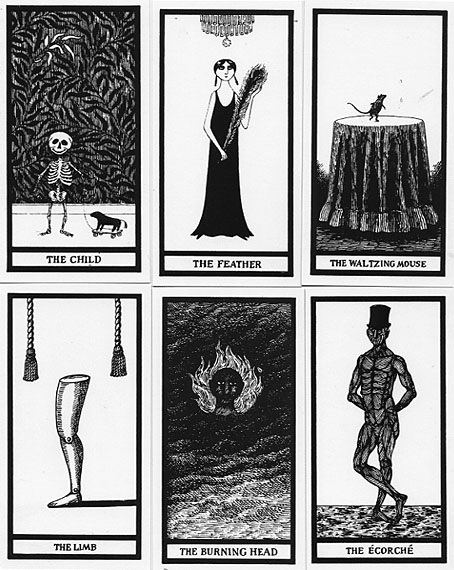
The Bride of the Wind (1914) by Oskar Kokoschka.
• Among the new titles at Standard Ebooks, the home of free, high-quality, public-domain texts: Fantômas, by Pierre Souvestre and Marcel Allain (translated by Cranstoun Metcalfe).
• This week’s Bumper Book of Magic news: the Brazilian edition of the book, titled A Lua e a Serpente: Almanaque de Magia, will be published in June. It’s available for pre-order here.
• “The basis of compilations as far as I’m concerned is, ‘I like this stuff, you may like it too.’” Jon Savage on the art of the compilation album.
• At Public Domain Review: The strange story of Oskar Kokoschka, Hermine Moos, and the Alma Mahler Doll.
• At the Daily Heller: Psychedelics, Day-Glo, Hallmark and The Peculiar Manicule.
• Brion Gysin’s Dreamachine, a new version for sale from Important Records.
• The Strange World of…Michael Chapman.
• At Dennis Cooper’s: Boris Karloff Day.
• RIP David Thomas of Pere Ubu.
• Dream Machine (1968) by Les Sauterelles | Dream Machine (1980) by The Androids | Dream Machine (1981) by Phantom Band




